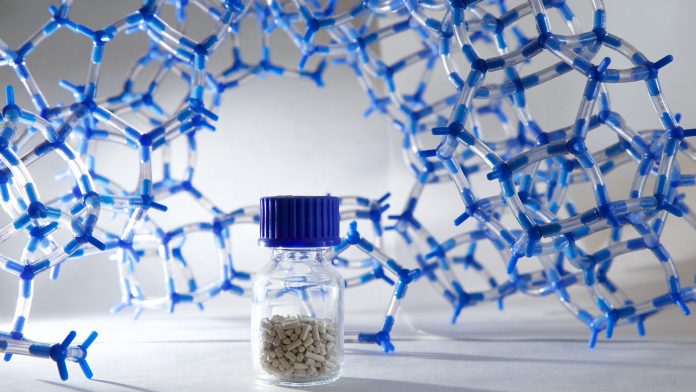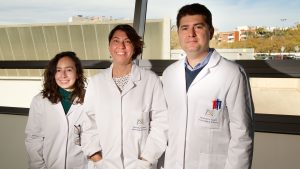Researchers have made significant advancements in the field of materials science with the invention of a new state-of-the-art product.
The researchers, from The Laboratory of Molecular Nanotechnology (NANOMOL) of the University of Alicante (UA), developed a new family of materials that will lead to many opportunities in materials science, including the chemical industry, renewables, and the reduction of pollutants. Moreover, their scientific research could open up countless possibilities for the energy and pharmaceutical sectors.
The research, ‘Tunable hybrid zeolites prepared by partial interconversion,’ was published in Nature Communications.
The significance of disordered materials
In the field of materials science, researchers generally aim to make highly ordered materials. For instance, zeolites, the most important and widely used family of catalysts in the chemical industry, are made of periodically repeating units.
However, for this research, the scientists decided to take a new approach. Noemí Linares, a researcher at UA and one of the paper’s authors, explained that the team moved away from materials that are somewhere between messy and orderly, where the opportunities are endless. They have realised that in imperfect and unordered materials, there are countless opportunities to make new materials with unique properties.
“Due to the new defective and disordered nature, there were no limitations that can often be imposed by regular structures, opening up endless opportunities in the field of materials science,” said Javier García Martínez, professor of Inorganic Chemistry at the UA and director of NANOMOL.
Based on this idea, UA researchers have built materials that are halfway between ordered structures, called zeolites. These hybrid materials have important advantages in materials science, such as a high surface area, which allows them to transform very bulky molecules. This process is something that was not possible with conventional zeolites, which have very narrow pores.
“In particular, it is on the borderline between an ordered and disordered material, which has irregular but very large cavities that allow more complex and bulky molecules to be transformed,” stated Mónica J Mendoza Castro, a co-author of the study.
Preparing the material for industry
This technology, which is awaiting final approval, has been patented by the UA. According to Martínez, they are identifying companies that may be interested in taking these materials to industry, but beyond its applications, this discovery is fascinating from a geometrical and structural point of view.
In order to obtain these materials, the University of Alicante team of researchers has used a well-known process that allows one zeolite to be transformed into another but interrupts this conversion to obtain intermediate half-made materials, which contain characteristics of both solids.
In their research, the scientists state that an easy way to understand this process is to imagine that they had stopped the transformation of a worm into a butterfly when it is not yet complete. At this point, they discovered something completely new and fascinating with innumerable applications for materials science.
Moreover, the discovery presents a revolution in the field of catalysis that is key to making the chemical industry more sustainable. Linares reported: “We selected the most interesting parts of each zeolite to make something new and with the most suitable composition for each application.
“Additionally, the structural flexibility of the materials designed by the UA allows the molecules to enter and exit more easily, reducing the amount of carbon waste and CO2 emissions that are present in the atmosphere.”






